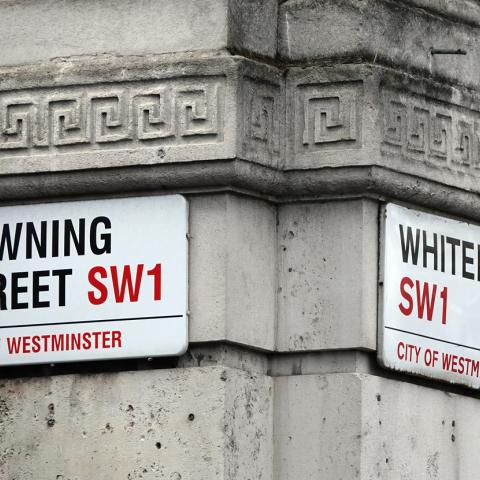Bats and Blockers: Reeves said to eye further environmental reform

August means parliamentary recess, and the resulting journalistic silly season means reams of articles kite-flying for the coming term’s legislative programme, and the Budget in particular.
Whether any of the ideas for wholesale change to Stamp Duty or Council Tax will survive contact with the breathless public debate over the coming weeks remains to be seen.
What seems reasonably clear is that Chancellor Rachel Reeves, hemmed in by her fiscal rules and desperate to find additional levers to unlock some sustainable growth, is pushing for the Government to go further on planning & environmental reform than it has to date, with the ambition of speeding up delivery of homes and essential infrastructure.
Following on from Dan Corry’s review of the environmental regulatory landscape earlier this year, the Treasury appears to be mobilising to press for implementation of Corry’s recommendations to streamline the way nature is protected. The review considered that Defra’s statute book, largely a legacy of Britain’s EU membership, is applied in a far more risk-averse way here than in EU member states, with many regulations either out of date or duplicated.
The, perceived, knock-on effects that the conservation regime has on construction and development has been the subject of fervent debate so far this year, with ‘bat shed’ and ‘fish disco’ entering the political imaginary as exemplars of how well-intentioned rules have led to surreal and absurd outcomes.
The Chancellor’s current plan appears to be to streamline the EU-legacy Conservation of Habitats and Species Regulations 2017, which transposes Europe-wide lists of protected species to a UK context – including a number of species which are threatened across the continent but are in reasonably robust health in Britain.
The spectre of ‘bats and newts’ slowing down or blocking development proposals has become a common refrain, though precisely how much of an impact the regulations have had is hard to quantify. Changes to the protected species list, alongside tweaks to the ‘precautionary principle’ (effectively: ‘do no harm’) towards an approach that weighs trade-offs and balances harms against benefits, could plausibly reduce the uncertainty developers face when bringing new sites forward – and help speed up planning and build-out.
At the same time, nothing the UK Government tries to do is easy, and proposals for Natural England to become more of a ‘one-stop shop’ for environmental regulation will chafe against the existing resource constraints at that organisation. Similarly, after a series of damaging U-turns from the government earlier this year, environmental charities, backbench MPs and pressure groups will smell blood, and back themselves to prevail in the inevitable fight over the legislation.









